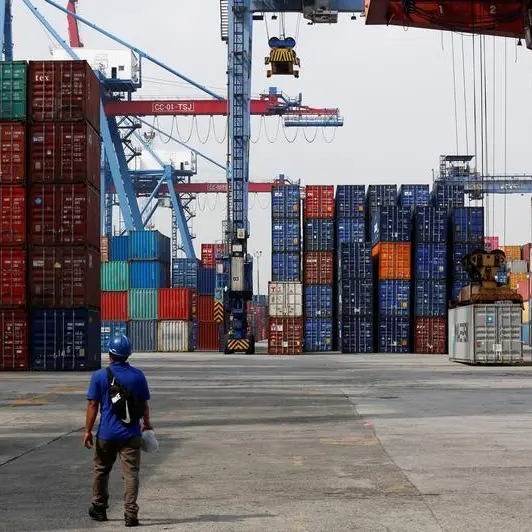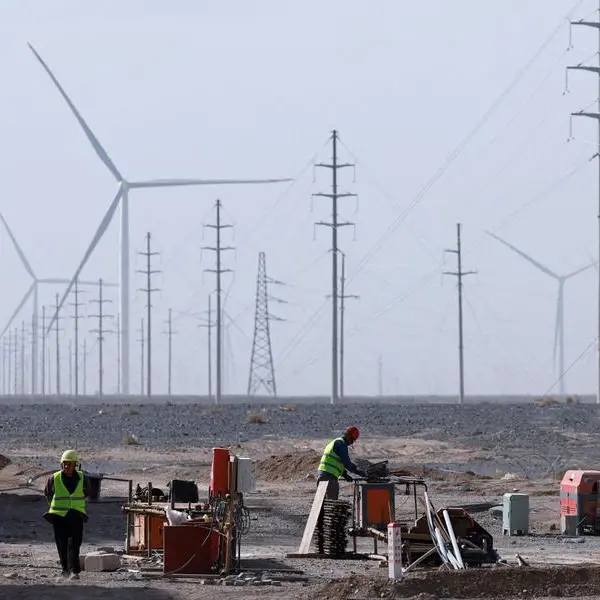PHOTO
Major rivers, waterways and reservoirs in China's Guangdong province are threatening to unleash dangerous floods, forcing the government on Sunday to enact emergency response plans to protect more than 127 million people.
Calling the situation "grim", local weather officials said sections of rivers and tributories at the Xijiang and Beijiang river basins are hitting peak water levels that only happen once in 50 years, according to state broadcaster CCTV news on Sunday.
Massive flooding is expected at the Beijiang basin, CCTV said quoting China's water resource ministry, prompting it to raise an emergency advisory.
Guangdong officials urged departments in all localities and municipalities to begin emergency planning to avert natural disasters and promptly disperse disaster relief funds and materials to ensure affected people have food, clothing, water and a place to live.
The province has seen torrid downpours and strong winds since Saturday evening due to severe convective weather which has affected several parts of China over the past few weeks.
A 12-hour stretch of heavy rain, starting from 8 p.m. (1200 GMT) Saturday, battered the central and northern parts of the province in Zhaoqing, Shaoguan, Qingyuan and Jiangmen.
Some power facilities in Zhaoqing were damaged, cutting power to some places.
"Please look at Zhaoqing's Huaiji county, which has become a water town. The elderly and children at the countryside don't know what to do with power outages and no signal," said one user on the popular social media site Weibo.
Raging muddy flood waters swept one vehicle down a narrow street in Zhaoqing, showed a video released by Hongxing News.
"It rained like a waterfall for an hour and a half on the highway driving home last night," said another netizen. "I couldn't see the road at all."
Many hydrological stations in the province are exceeding water levels, weather officials warned, and in the provincial capital Guangzhou, a city of 18 million, reservoirs have reached flood limits, city officials announced on Sunday.
Data showed 2,609 hydrological stations with daily rainfall greater than 50 mm (1.97 inches), accounting for about 59% of all observation stations. At 8 a.m. Sunday, 27 hydrological stations in Guangdong were on alert.
Officials have been reducing water levels at the reservoirs through spillways and culvert discharge to ensure downstream flood control.
(Reporting by Bernard Orr and Ethan Wang; Editing by Michael Perry)





















